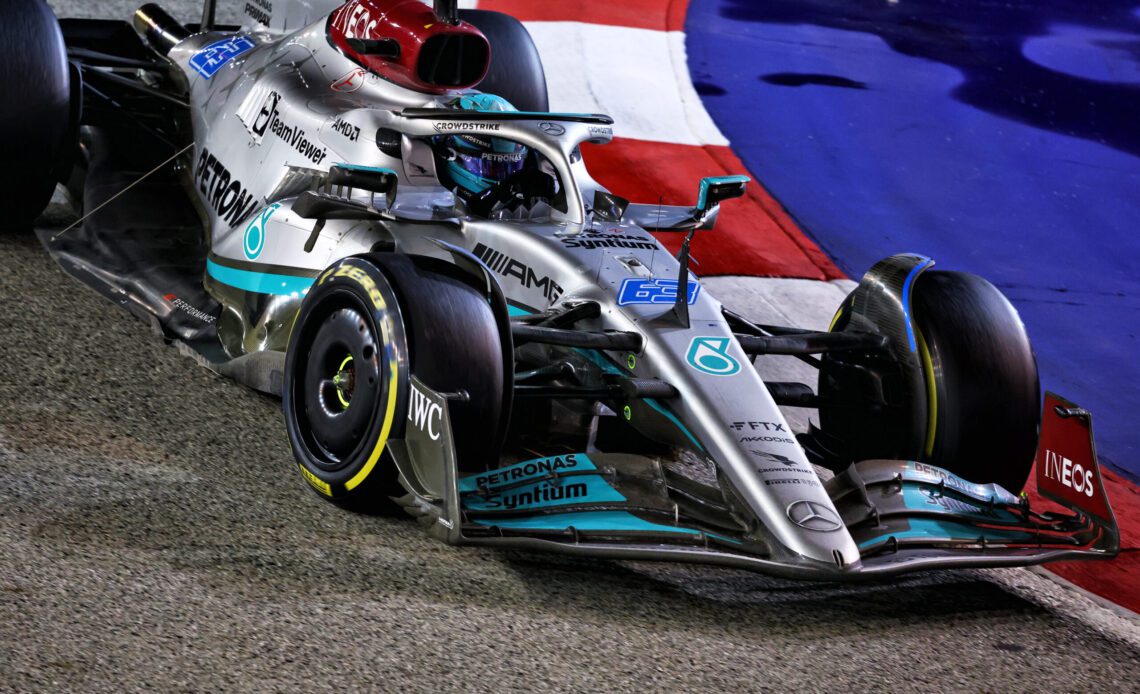One of the most effective performance-differentiating systems onboard the Formula 1 power unit is the turbocharger shaft-mounted heat energy recovery system (MGU-H). The MGU-H uses exhaust gas entropy (the heat energy remaining in the exhaust gas as a function of its temperature, expansion, and mass flow rate) to spin the turbine during the energy recovery phase converting the energy from the exhaust gases into electrical energy.
The electrical energy is then used to power the car’s electrical driveline (either charging the battery or directly deploying to the kinetic energy recovery unit) to boost the power unit’s performance. Being a motor, if electrical energy is supplied, it will drive, and if it is being rotated inside the magnetic field, it will create electrical power.
The MGU-H is an area of the regulations which isn’t heavily tied down. It must be a minimum of four kilogrammes, but in terms of the energy and the power, it’s allowed to have as much as the teams can extract. The FIA left this freedom to encourage manufacturers to use it well and aid power unit efficiency. In Formula 1 power units, the MGU-H is part of the turbocharger assembly.
As seen in the video below, Mercedes AMG HPP’s managing director, Hywel Thomas, explains that their MGU-H sits between the compressor and the turbine. The whole assembly is then fitted into the centre of the vee of the 1.6-litre V6 internal combustion engine. Thomas goes on to explain how the MGU-H interacts with a large number of other parts in the power unit, especially with the turbocharger.
During energy recovery, the electrical energy produced from the MGU-H can go into the battery to be stored for later use or directly from the MGU-H to the kinetic energy recovery system (MGU-K) to increase the power unit output. When used as a motor, the MGU-H solves the problem of turbo lag. It spins the turbocharger when there isn’t enough entropy in the exhaust gas at the right time to ensure that the power unit delivers available peak performance in the given condition.
The primary driver for the introduction of the MGU-H was the motivation of the FIA to have very power-dense power units in Formula 1 by increasing the brake thermal efficiency and, therefore, improving the performance. The MGU-H system will not be available in the next generation of Formula 1 power units. As such, teams will have to find other ways to maintain and improve the power unit efficiency under the new regime.
Click Here to Read the Full Original Article at Racecar Engineering…

